- Joined
- Jun 26, 2007
- Messages
- 8,986
@stracci2000 It's the Birmingham assay office website - the people who hallmarked the ring, that's the anchor symbol.
I agree @Mreader but it also shows that as well not just relying on the seller, sometimes it's just impossible to tell. There is very little difference between the two marks. I tried to find the maker to back up my thoughts but couldn't find them. If there's an exact match for the 1855 and the seller can't find the maker either than it's a deadend with a very educated 1855.
I saw that a seller recently said it could be this or that, about 2 decades apart, and gave reasons why they thought it was the later. But I see sellers all the time who assume it's the earlier one including a couple of big Etsy and Instagram sellers.
Thanks @Rhea
I will look it up. This is good information!

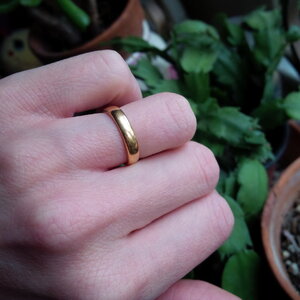
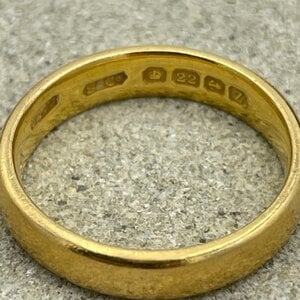
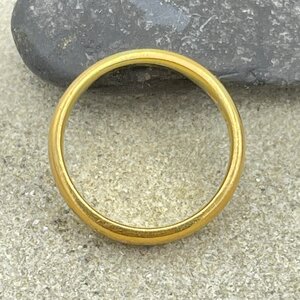
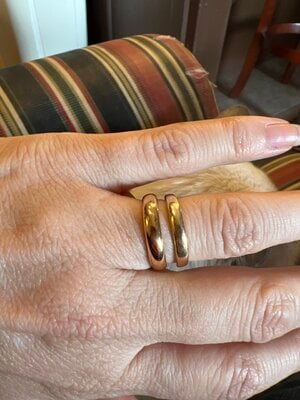
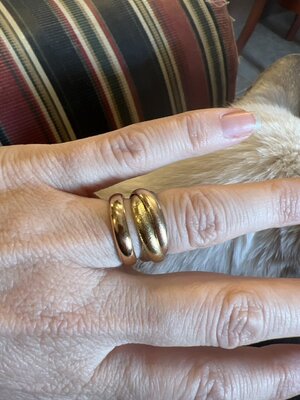

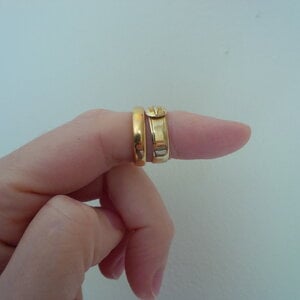
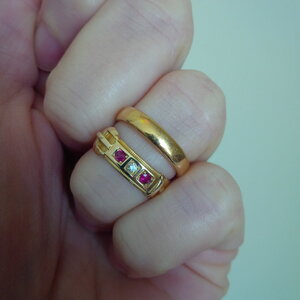
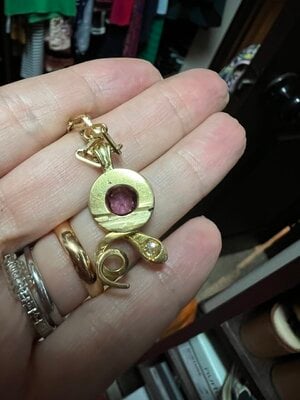
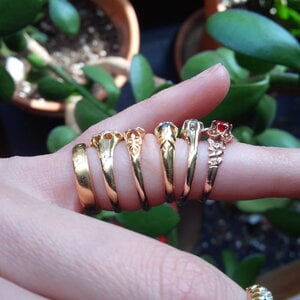
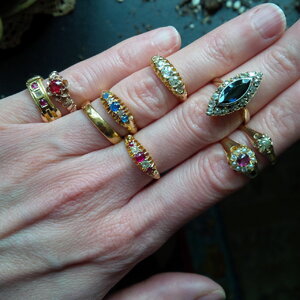

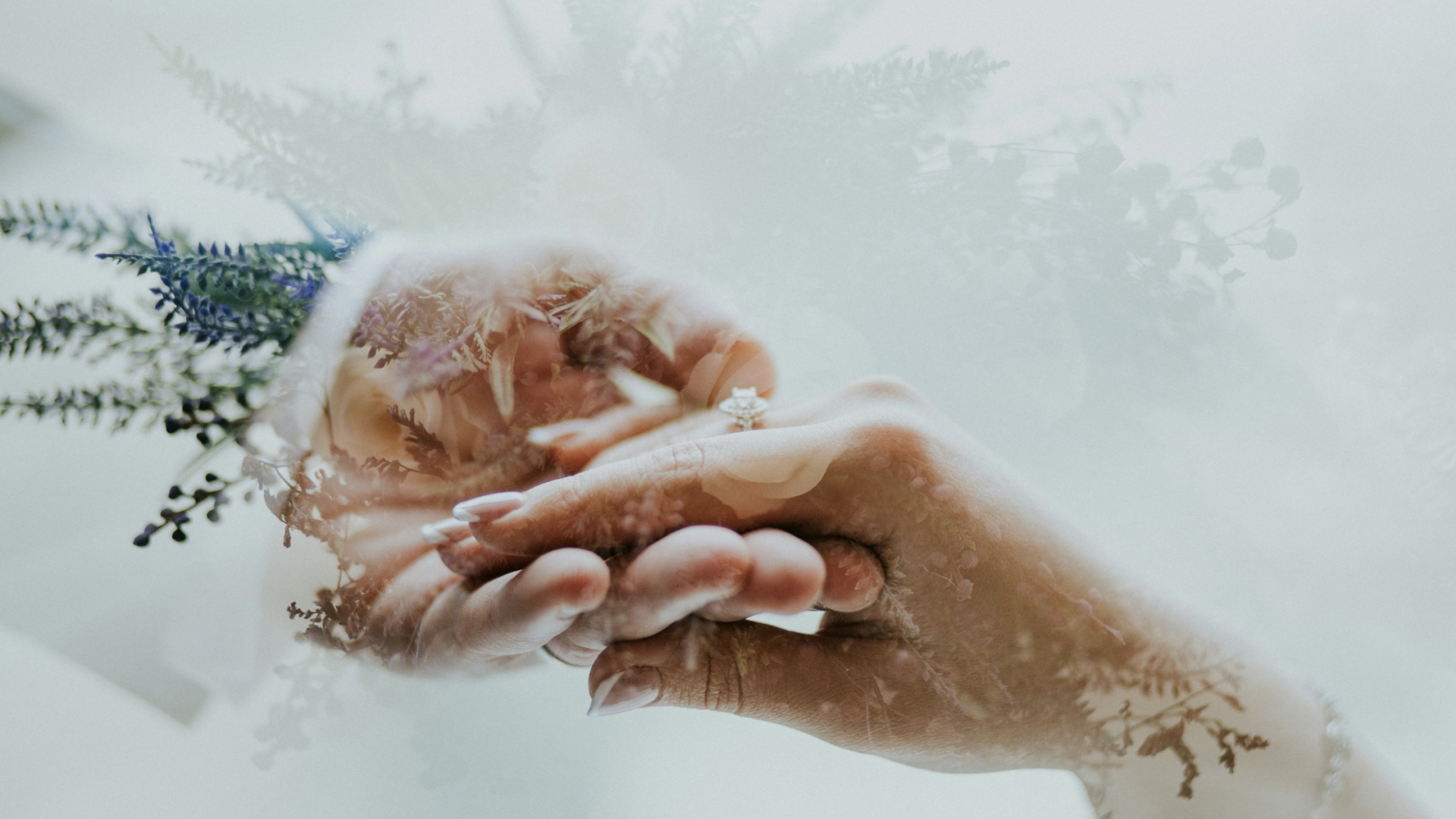

300x240.png)